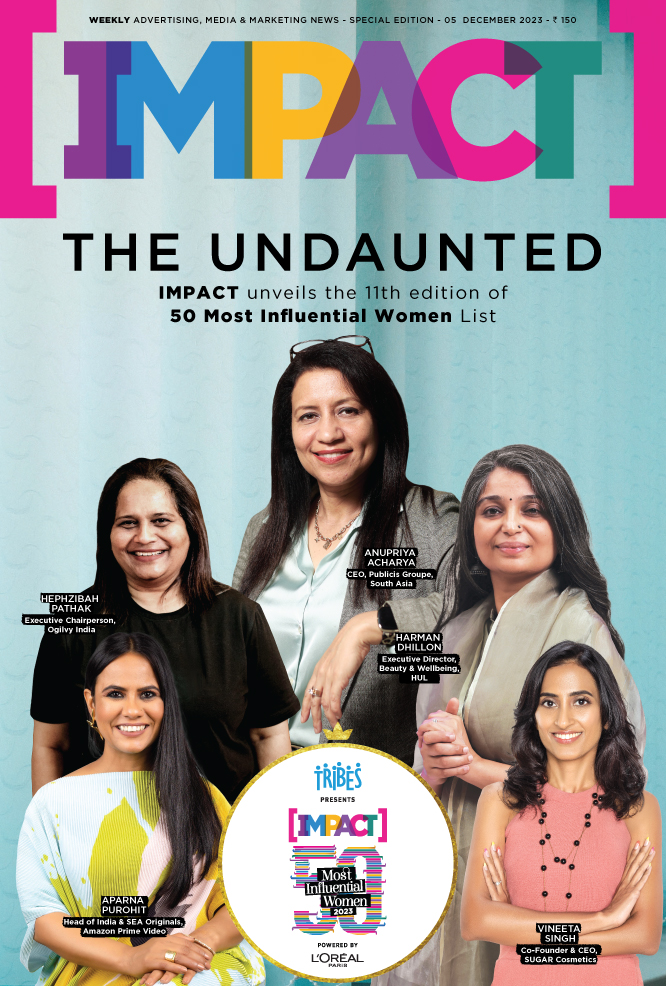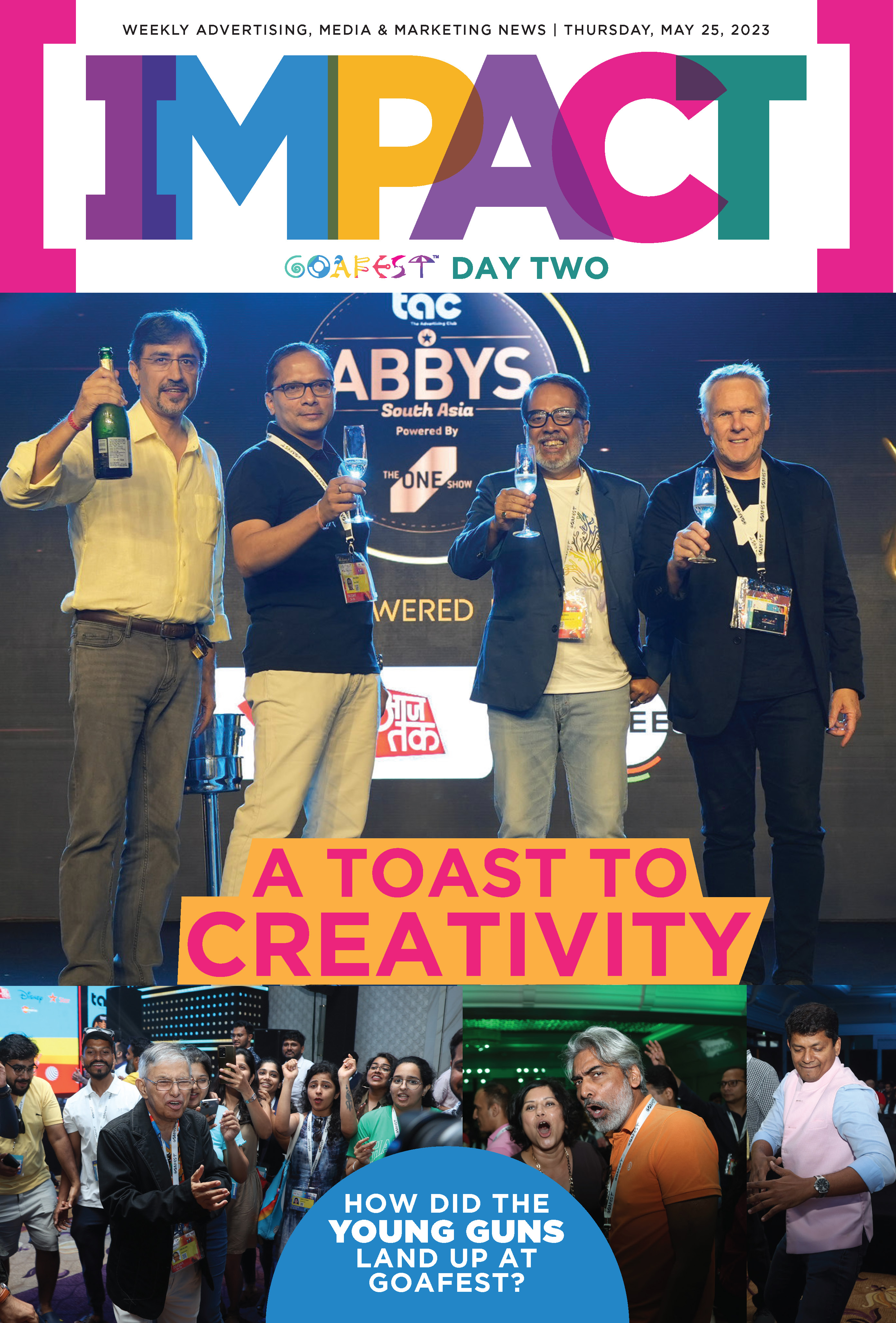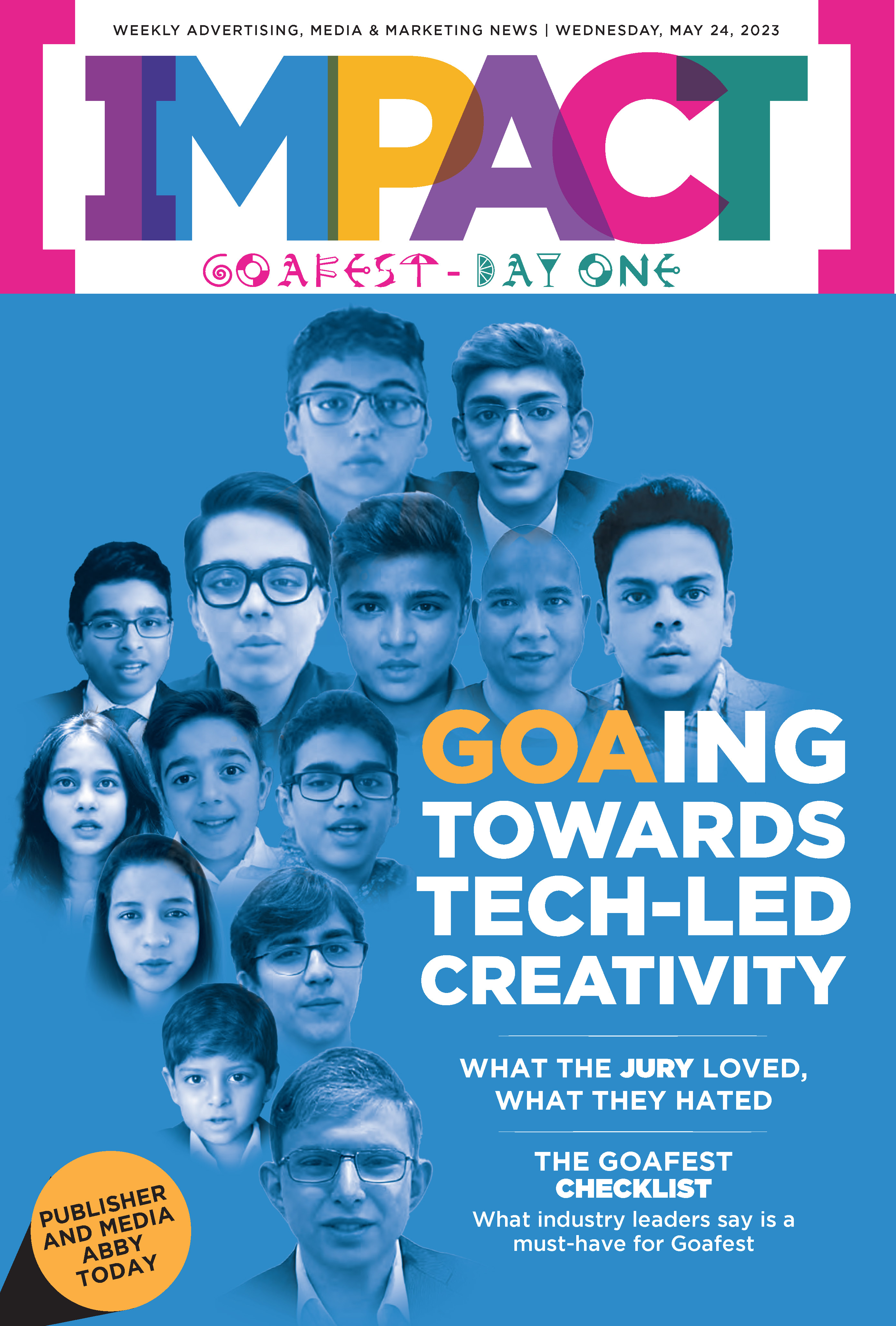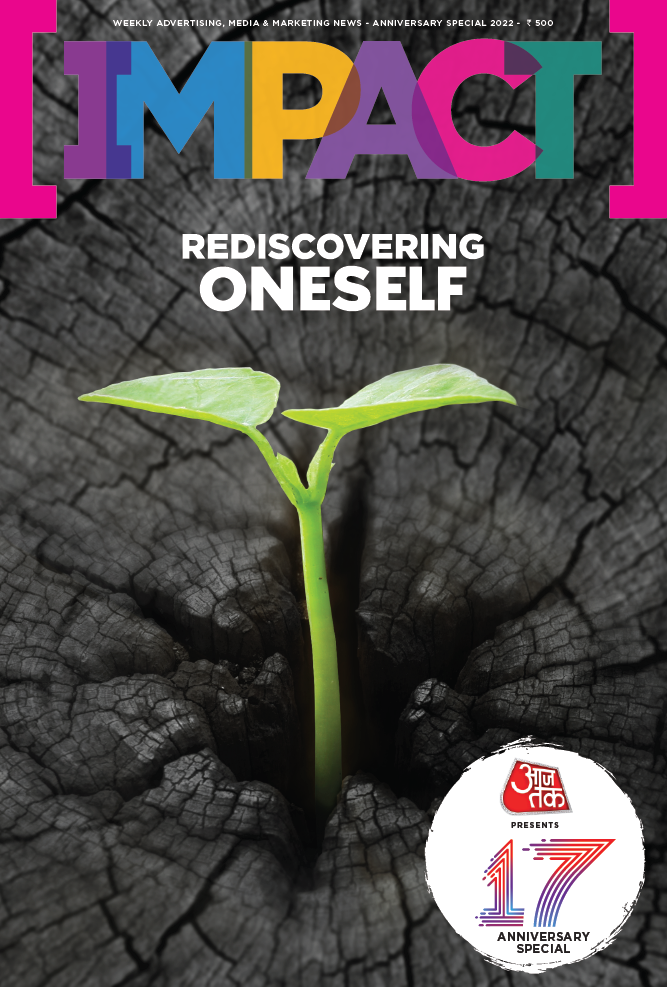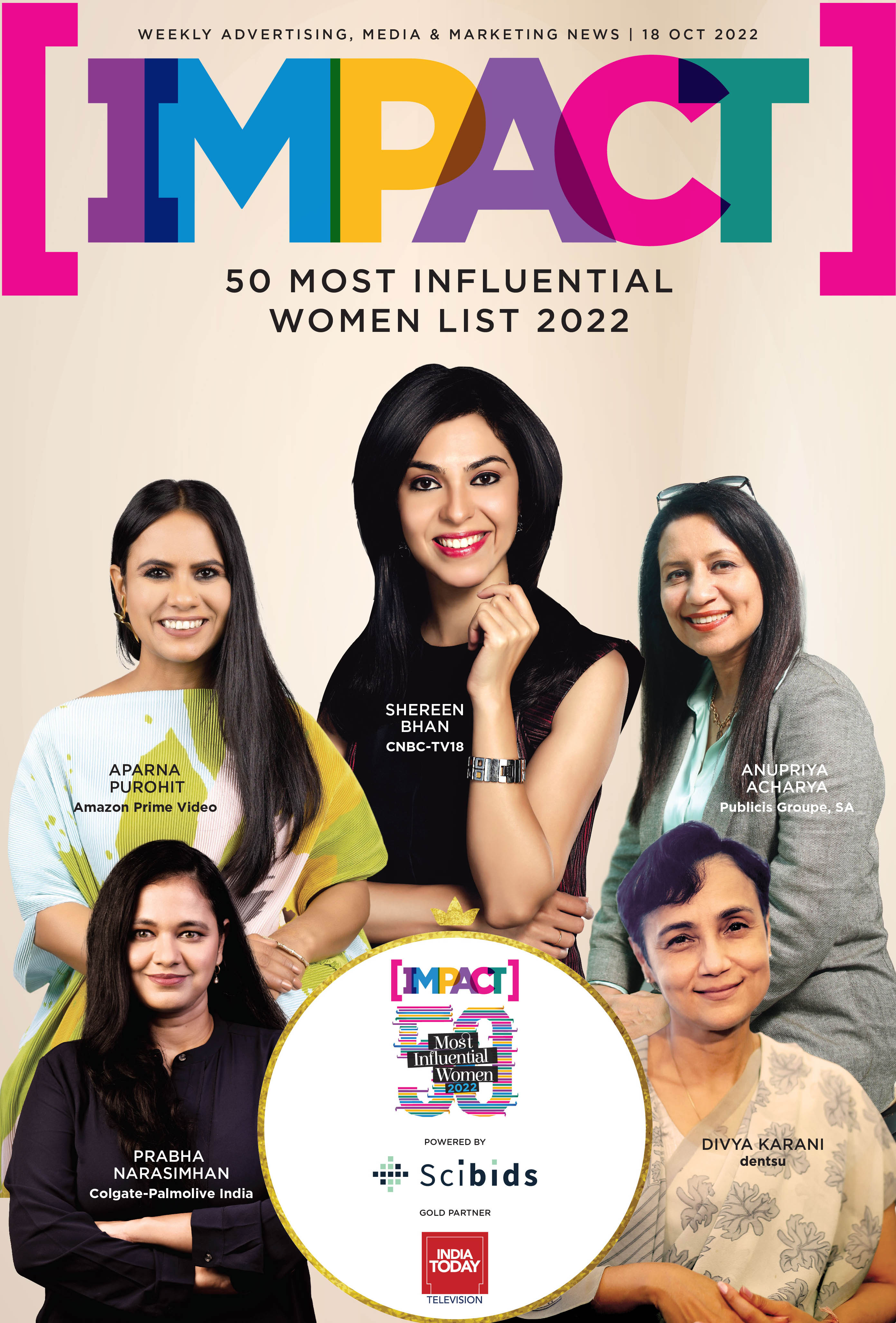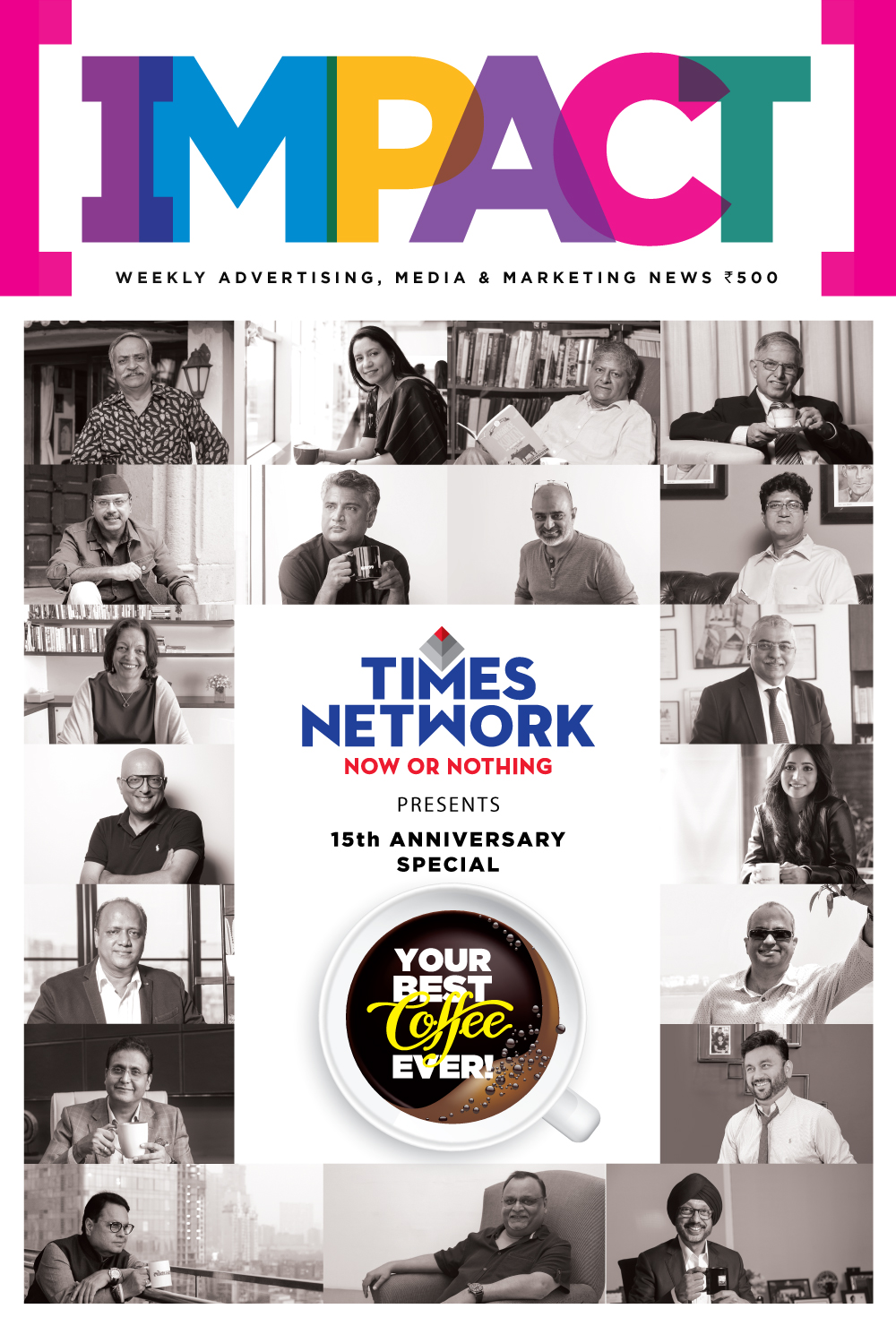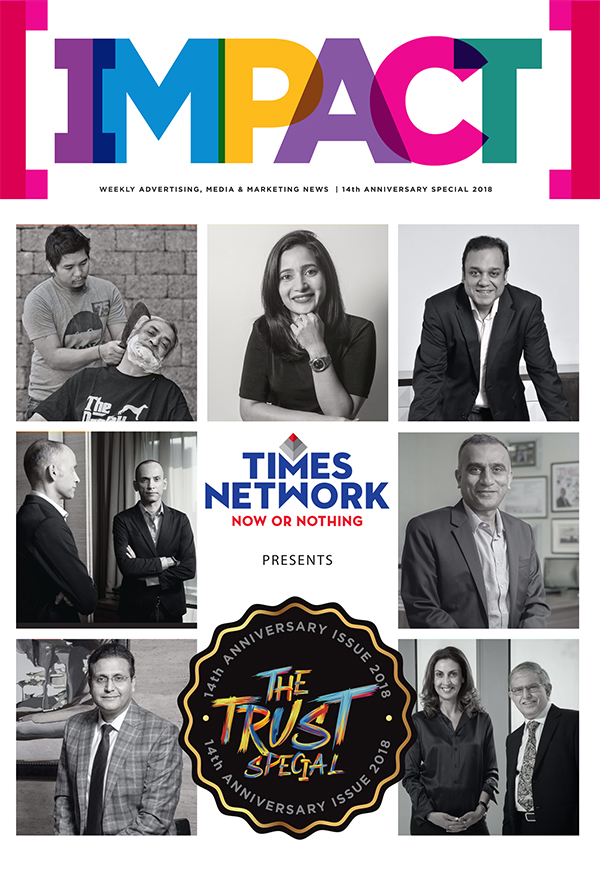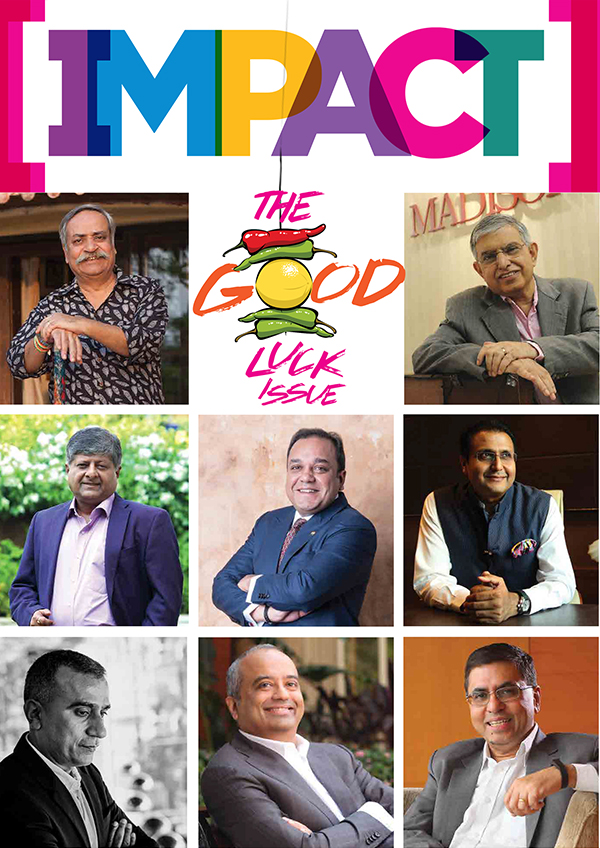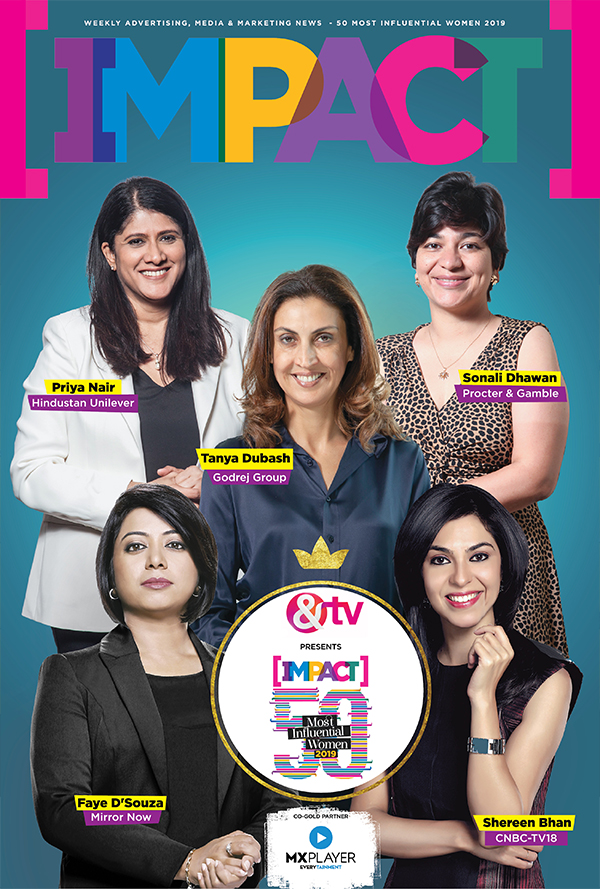In Indian advertising, a quiet revolution is underway. The faces drawing attention, in brand films, aren’t always Bollywood superstars or Instagram influencers, they’re the people who once stood silently in the background. From Salman Khan’s bodyguard Shera to Farah Khan’s cook Dilip, the unexpected MVPs of campaigns are rewriting the rules of relatability. Shera, Salman Khan’s ever-reliable bodyguard, recently made his brand debut in Instamart’s Raksha Bandhan special ad. Cast as a ‘universal bhai,’ he embodies protection, warmth, and reliability, the very qualities audiences already associate with him. Mayur Hola, VP - Brand Marketing, Swiggy, reflects on the strategy, “Shera is fondly seen as Bhai’s trusted bodyguard. In that sense, he’s the perfect partner—if he’s the one protecting the nationally proclaimed ‘bhai,’ then he’s the true embodiment of protection. This collaboration was destined to happen, and now it’s finally here. With ‘Shera Bhai,’ we didn’t just want a character; we wanted a vibe — someone who grabs you snacks at midnight, stands up for you without drama, and offers that quiet comfort we often take for granted.”
Shera, Salman Khan’s ever-reliable bodyguard, recently made his brand debut in Instamart’s Raksha Bandhan special ad. Cast as a ‘universal bhai,’ he embodies protection, warmth, and reliability, the very qualities audiences already associate with him. Mayur Hola, VP - Brand Marketing, Swiggy, reflects on the strategy, “Shera is fondly seen as Bhai’s trusted bodyguard. In that sense, he’s the perfect partner—if he’s the one protecting the nationally proclaimed ‘bhai,’ then he’s the true embodiment of protection. This collaboration was destined to happen, and now it’s finally here. With ‘Shera Bhai,’ we didn’t just want a character; we wanted a vibe — someone who grabs you snacks at midnight, stands up for you without drama, and offers that quiet comfort we often take for granted.”
Gurmeet Singh, better known as Shera, has been Salman’s bodyguard for more than 30 years. A familiar face at shoots, events, and premieres, he even made a cameo in Salman’s film Bodyguard. Now, he’s stepping out independently into the ad world with Instamart, a move that turns a background figure into a brand protagonist.
While Shera has been part of just one campaign so far, Dilip, Farah Khan’s cook, has become a full-blown brand star with multiple advertisements to his credit, including sharing screen space with Shah Rukh Khan. Brands like Myntra, Vim, and even Amazon Fresh have featured him in their ad films.
Dilip initially gained attention through Farah’s vlogs and video series, where she would visit different celebrities to cook and gossip. With his fun, innocent, and genuine personality, Dilip quickly became a fan favourite. Beyond advertisements, he continues to appear in Farah Khan’s vlogs and has even collaborated with celebrities like Mrunal Thakur and Ajay Devgn for movie promotions. Whatever the project, Dilip has become the centre of attention.
While these ad films tap into a fresh and positive trend, one can’t help but wonder about the strategy behind this shift. What is driving brands to spotlight these familiar, yet previously background, faces? And how might this trend evolve in the future? Vibhor Yadav, Regional Creative Officer (North & South) & Founding Partner, tghtr reflects on the trend, “We are living in a content economy, and the new rule says that what’s raw and true is relatable. People are looking for actual authenticity and not just a garb of it. There’s a social hunger right now for seeing people who don’t usually get their moment in the spotlight. The Vada Pav girl and Dolly Chaiwala are prime examples, and now we see Dilip and Shera step into the spotlight. It is their unfiltered interactions that makes them more credible than some filter-washed influencers.”
Vibhor Yadav, Regional Creative Officer (North & South) & Founding Partner, tghtr reflects on the trend, “We are living in a content economy, and the new rule says that what’s raw and true is relatable. People are looking for actual authenticity and not just a garb of it. There’s a social hunger right now for seeing people who don’t usually get their moment in the spotlight. The Vada Pav girl and Dolly Chaiwala are prime examples, and now we see Dilip and Shera step into the spotlight. It is their unfiltered interactions that makes them more credible than some filter-washed influencers.”
The examples bear this out. Dolly Chaiwala shot to fame with his theatrical tea service and even served Bill Gates in 2024—before launching his tea franchise, Dolly Ki Tapri, which drew over 1,600 franchise applications. The Vada Pav girl became a viral star through her candid videos, even landing a spot on Bigg Boss OTT 3. Like Dilip and Shera, they reflect a hunger for relatability over polish. “The inclusion of celebrity staff leverages familiarity and relatability. These figures evoke a sense of behind-the-scenes intimacy and ‘insider’ access that fans love. The brands are tapping emotional responses like warmth, trust, and humour, as well as the excitement of seeing genuine human connections on display. In the Myntra campaign, for example, making stars do ordinary chores alongside Dilip felt playful, self-aware, and ‘refreshing’, a deliberate move away from the usual polished celebrity endorsement,” says A. Aziz Khan - Co-Founder & CRO, RVCJ Media Pvt Ltd.
“The inclusion of celebrity staff leverages familiarity and relatability. These figures evoke a sense of behind-the-scenes intimacy and ‘insider’ access that fans love. The brands are tapping emotional responses like warmth, trust, and humour, as well as the excitement of seeing genuine human connections on display. In the Myntra campaign, for example, making stars do ordinary chores alongside Dilip felt playful, self-aware, and ‘refreshing’, a deliberate move away from the usual polished celebrity endorsement,” says A. Aziz Khan - Co-Founder & CRO, RVCJ Media Pvt Ltd.
This shift isn’t limited to advertising. Popular reality shows are also embracing the idea. Laughter Chefs recently featured video editors, stylists, and producers as on-stage chief guests, while Patni Patni Aur Panga flipped tradition by inviting celebrity househelps instead of family members. Both examples underscore how entertainment platforms are reimagining “spotlight” to include the people behind the stars. But with this subtle shift gradually gaining ground, the question arises: Is this a long-term strategic evolution or merely a momentary gimmick that brands are leveraging for relatability or rather, virality?

 To this, Sudharshan Anandkumar, Co-Founder, Ting, adds, “I see it as a trend, but how long it lasts depends on execution. If diverse or unconventional talent is brought in merely for tokenism without real depth or purpose, the trend will likely fade. However, if portrayed meaningfully and authentically, it could very well have a lasting impact. Overdoing it or using it superficially could lead to audience fatigue.”
To this, Sudharshan Anandkumar, Co-Founder, Ting, adds, “I see it as a trend, but how long it lasts depends on execution. If diverse or unconventional talent is brought in merely for tokenism without real depth or purpose, the trend will likely fade. However, if portrayed meaningfully and authentically, it could very well have a lasting impact. Overdoing it or using it superficially could lead to audience fatigue.” One question that naturally arises is if figures like Shera and Dilip receive fees comparable to mainstream celebrities for their brand appearances. While exact numbers are not publicly available, it’s reasonable to wonder if brands are capitalizing on the cost advantage of casting familiar but non-celebrity faces. From a purely budgetary perspective, featuring such personalities is likely more cost-efficient for brands, allowing them to stretch marketing spends further. Azazul Haque, Group CCO, Creativeland Asia, adds, “Becoming a part of brand endorsements is because of the equity they have as an individual. Like Shera, being seen with Salman for decades has given him the stature to be picked as part of the cast or as an influencer. Similarly, Dilip got famous because of the reels of Farah created with him. So it’s not fatigue but clever, low-cost placements for quick buzz are more the reason why such people are getting picked.” However, this also raises questions about fair compensation and whether these individuals receive equitable recognition for their growing public visibility.
One question that naturally arises is if figures like Shera and Dilip receive fees comparable to mainstream celebrities for their brand appearances. While exact numbers are not publicly available, it’s reasonable to wonder if brands are capitalizing on the cost advantage of casting familiar but non-celebrity faces. From a purely budgetary perspective, featuring such personalities is likely more cost-efficient for brands, allowing them to stretch marketing spends further. Azazul Haque, Group CCO, Creativeland Asia, adds, “Becoming a part of brand endorsements is because of the equity they have as an individual. Like Shera, being seen with Salman for decades has given him the stature to be picked as part of the cast or as an influencer. Similarly, Dilip got famous because of the reels of Farah created with him. So it’s not fatigue but clever, low-cost placements for quick buzz are more the reason why such people are getting picked.” However, this also raises questions about fair compensation and whether these individuals receive equitable recognition for their growing public visibility.
As this trend gains momentum, one key consideration for brands is scalability and sustainability. While featuring behind-the-scenes or grassroots personalities offers immediate relatability and potential cost benefits, it is still too early to conclusively evaluate the long-term return on investment (ROI) of such campaigns. Successfully leveraging this approach will require brands to adapt their talent sourcing and content strategies, building new networks beyond traditional celebrity circles. This shift might represent a broader evolution in marketing. Vibhor adds, “But we must proceed with caution. Brands and agencies should not see them merely as casting decisions, but as a reflection of brand values. Because every face and voice associated with a brand contributes to its broader narrative. The thing is, it’s easy to jump on a trend, so we must be careful not to use them as props to ride the wave. Don’t exploit, celebrate. As Chef Dilip himself said, “Camera on ho ya off, khana toh perfect hona chahiye” - a reminder to show sincerity, whether someone’s watching or not.”

















